A clogged submersible pump can slow down water flow, reduce efficiency, and even cause permanent damage if left untreated.
Whether you’re using it for home water supply, drainage, or industrial applications, keeping your pump clear of blockages is essential for smooth operation.
In this guide, we’ll walk you through the common causes of clogs, how to identify them, and the best ways to fix and prevent them—so your pump keeps running at its best.
How Do I Know If My Pump Is Clogged?
Reduced water flow signals a blockage
If your pump is suddenly delivering less water than usual, debris or sediment may be obstructing the impeller or intake.
This decrease in flow can impact the efficiency of your system significantly. Regular maintenance can help prevent such issues from escalating.
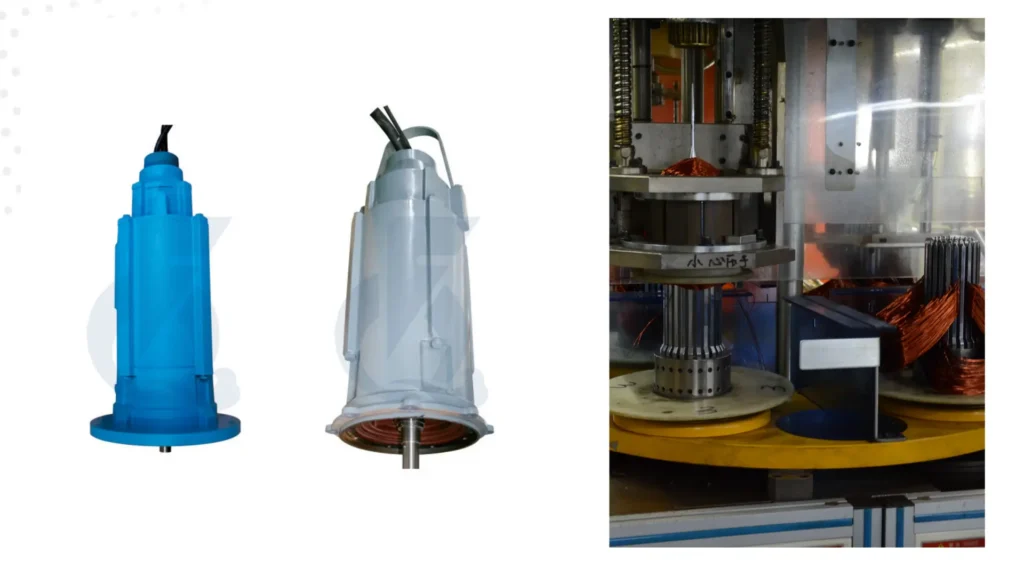
Unusual noises indicate trapped debris
Grinding, rattling, or gurgling sounds often mean something is stuck inside the pump, interfering with normal operation.
These noises can become more pronounced as the blockage worsens. Ignoring these sounds may lead to more severe damage and costly repairs.
Frequent overheating suggests poor circulation
Clogs force the motor to work harder, leading to excess heat. If your pump shuts off due to overheating, check for blockages.
Additionally, ensuring proper ventilation around the pump can help mitigate overheating issues.
Visible debris in discharged water
If dirt, sand, or small particles are coming out with the water, your pump may be struggling with a partial clog.
This visible sign indicates that the pump is not operating efficiently. Addressing the issue promptly can prevent further damage to the pump and associated systems.
What Are the Most Common Causes of Clogs?
Sand and sediment buildup
Fine particles can accumulate inside the pump, gradually restricting water flow and damaging internal components.
Regular inspection and cleaning can help manage sediment levels effectively. Consider installing a pre-filter system to catch debris before it enters the pump.
Leaves, roots, or organic matter
In outdoor or drainage applications, plant debris can enter the pump and create stubborn blockages.
Seasonal maintenance, especially in fall, can minimize the risk of organic material causing issues. Installing screens or guards can also help keep larger debris out of the pump.
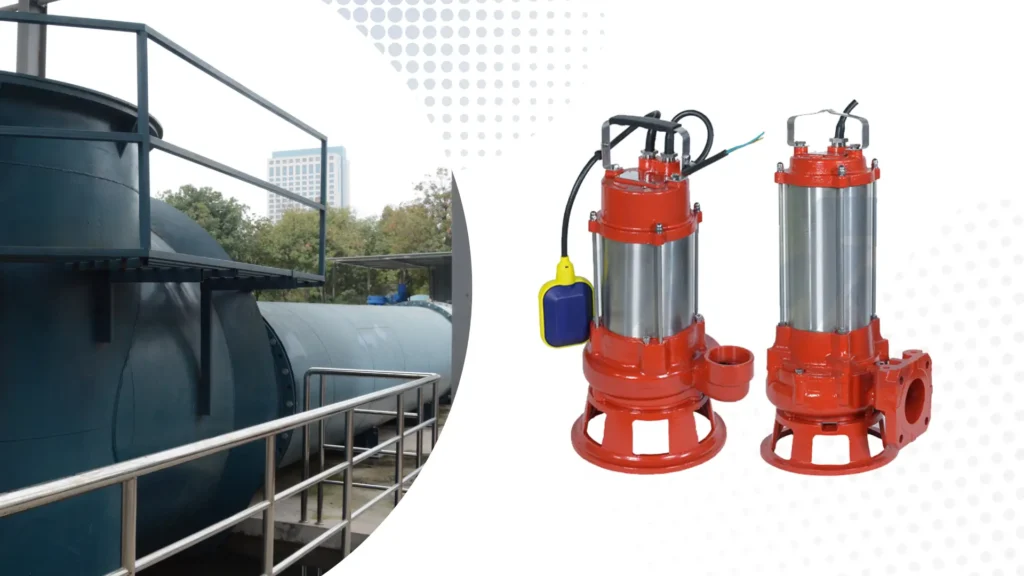
Mineral deposits from hard water
Limescale and calcium buildup can coat the impeller and pipes, reducing efficiency over time.
Regular descaling can prolong the life of your pump and improve its performance. Using water softeners may also help mitigate mineral buildup in the long run.
Foreign objects accidentally sucked in
Small stones, plastic pieces, or other debris can get lodged in the pump, causing immediate clogs.
Implementing a screening system can reduce the likelihood of foreign objects entering the pump.
If clogs do occur, prompt removal of the obstruction is essential to restore functionality.
How Can I Safely Clean a Clogged Pump?
Turn off and unplug the pump first
Always disconnect power before attempting any cleaning to avoid electrical hazards. This step ensures your safety while working on the pump.
Additionally, allowing the pump to cool down can prevent burns from hot components.
Remove visible debris from the intake
Use gloves and a brush to clear away any obstructions near the pump’s inlet. Be cautious not to damage any parts while cleaning.
Regular inspections can help catch debris buildup before it becomes a significant issue.
Flush the pump with clean water
Running clean water backward through the discharge can help dislodge trapped particles.
This process can be particularly effective in clearing minor clogs. After flushing, check for improved water flow to confirm that the blockage has been cleared.
Use a vinegar solution for mineral deposits
Soaking the pump in a mild acid (like vinegar) can dissolve limescale without damaging components.
Ensure that the vinegar solution is appropriately diluted to avoid corrosion. Rinse thoroughly with clean water after soaking to remove any remaining acid.
Also Read:
- What is the Process For Cleaning a Stainless Steel Submersible Pump?
- Post-Flood Inspection and Maintenance of Submersible Pumps
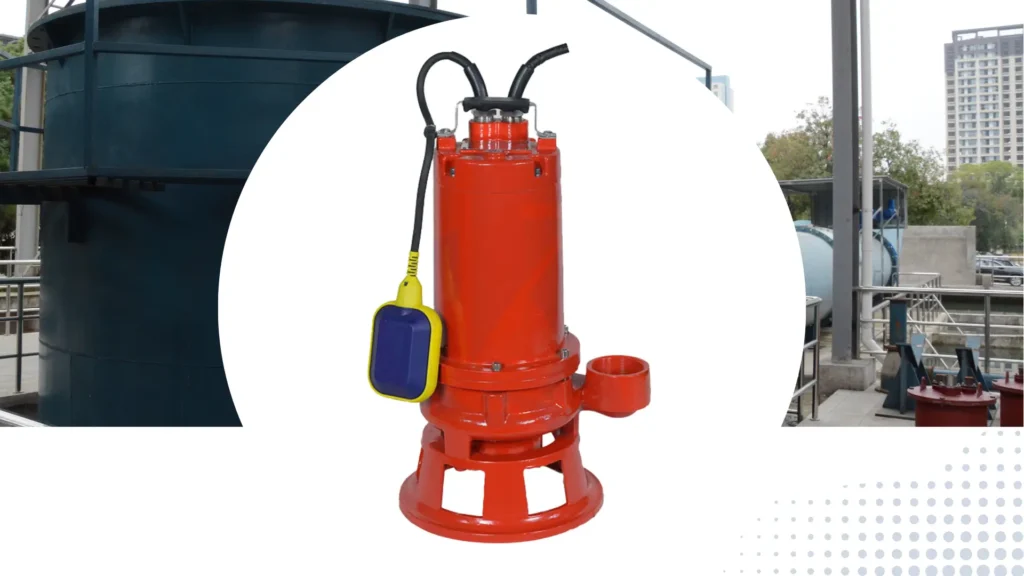
Should I Disassemble the Pump for Deep Cleaning?
Only if you’re comfortable with basic repairs
Opening the pump housing allows better access but requires careful reassembly.
Follow the manufacturer’s guide to avoid voiding any warranties. If you’re unsure, consider consulting a professional for assistance.
Check the impeller for trapped debris
Spin the impeller manually—if it’s stuck or gritty, clean it thoroughly before reassembling.
A clean impeller is crucial for maintaining optimal pump performance. Consider lubricating the impeller shaft lightly after cleaning to ensure smooth operation.
Inspect seals and gaskets for damage
Worn seals can let in more debris, so replace them if necessary during cleaning. This proactive approach can prevent future clogs and protect the motor.
Keeping spare seals on hand can save time during maintenance.
Reassemble carefully to prevent leaks
Ensure all parts fit snugly to avoid water ingress, which can cause future clogs or motor damage.
Double-check the alignment of all components before securing them. After reassembly, run the pump briefly to check for any leaks before returning it to full operation.
How Can I Prevent Future Clogs?
Install a pre-filter or strainer
A mesh filter at the intake keeps larger debris from entering the pump. This simple addition can significantly extend the life of your pump.
Regularly inspect and clean the filter to ensure it remains effective.
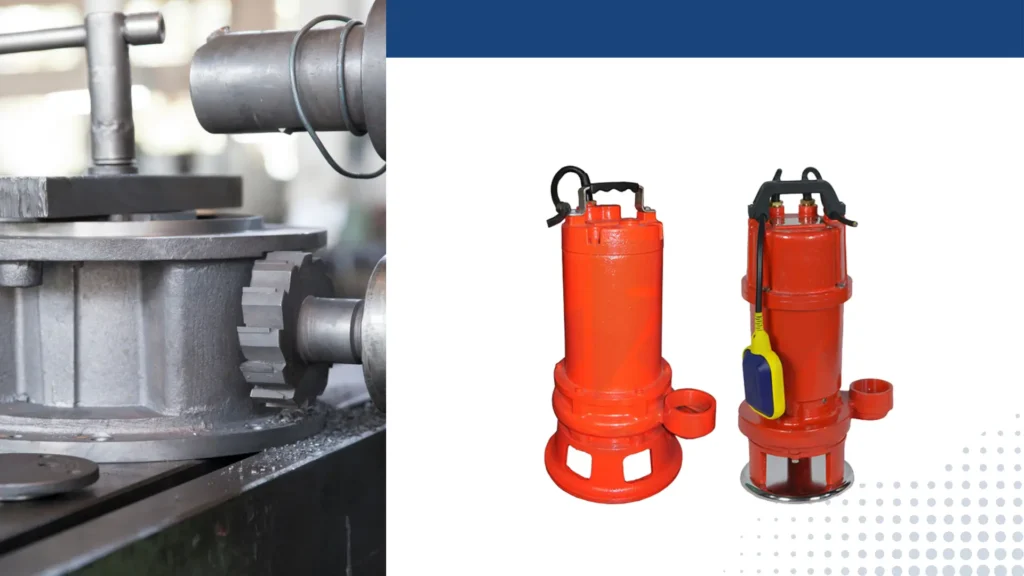
Regularly check and clean the pump
Schedule routine maintenance to remove buildup before it becomes a problem. Keeping a maintenance log can help track when inspections are due.
A proactive approach can save you time and money in the long run.
Avoid placing the pump directly on muddy surfaces
Elevate it slightly or use a protective cage to minimize sediment intake. This practice helps prevent unnecessary clogs caused by fine particles.
Additionally, using mats or platforms can improve stability and performance.
Use a pump designed for dirty water if needed
If your water source has heavy debris, choose a model built for wastewater or solids handling.
These pumps are specifically engineered to handle challenging conditions. Researching specifications can ensure you select the right equipment for your needs.
Can a Clogged Pump Cause Permanent Damage?
Yes, prolonged blockages strain the motor
Forcing a clogged pump to run can overheat and burn out the motor over time.
This overheating can lead to complete pump failure and require costly replacements. Regular maintenance can help identify clogs before they cause significant damage.
Debris can wear down internal parts
Sand and grit erode the impeller and seals, reducing efficiency and lifespan.
Even small particles can create significant wear over time, leading to expensive repairs. Regular inspections can help catch wear early and prevent further damage.
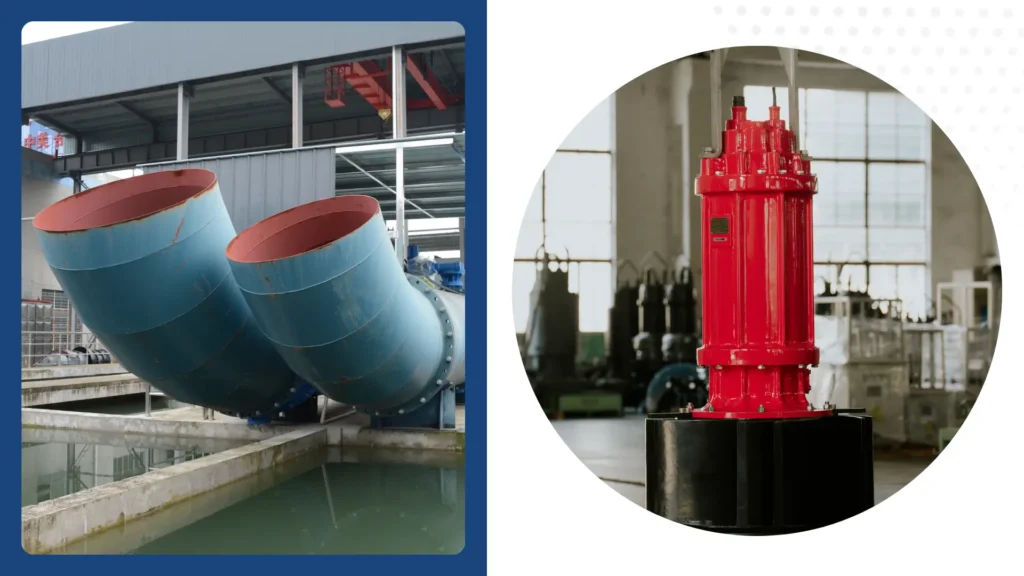
Mineral buildup corrodes components
Limescale doesn’t just block flow—it can also degrade metal and plastic parts. This corrosion can weaken structural integrity and lead to leaks.
Implementing descaling routines can mitigate the effects of hard water on your pump.
Electrical damage may occur from overheating
Excess heat can harm wiring and insulation, leading to costly repairs. Electrical issues can be difficult to trace, often resulting in extended downtime.
Keeping an eye on temperature and ensuring proper ventilation can help prevent overheating-related problems.
When Should I Call a Professional?
If the pump still won’t work after cleaning
Persistent issues may indicate a deeper mechanical problem.
A professional can diagnose complex issues that may not be evident during routine maintenance. Ignoring these problems can lead to further damage and increased repair costs.
When disassembly seems too complex
If you’re unsure about reopening the pump, a technician can safely handle it.
Attempting to disassemble without proper knowledge can result in misalignment or damage.
Professionals have the tools and expertise to ensure everything is reassembled correctly.
For frequent or severe clogs
If blockages keep happening, there may be an installation or sizing issue that needs expert assessment.
A technician can evaluate the entire system and recommend necessary adjustments. Persistent clogs can indicate underlying problems that require specialized solutions.

If electrical components are damaged
Water exposure or overheating can compromise wiring—don’t risk DIY fixes here. Electrical issues can pose serious safety hazards, including the risk of fire.
A qualified electrician or technician can safely address these problems and ensure compliance with safety standards.
Are There Pumps Designed to Resist Clogging?
Yes, some models have anti-clog features
Wastewater and solids-handling pumps have wider passages to prevent jams. These designs allow for smoother flow and reduce maintenance needs.
Selecting the right pump can save time and effort in the long run.
Vortex impellers minimize debris contact
These designs reduce the risk of blockages by keeping solids away from critical parts. Vortex impellers can enhance overall pump efficiency and performance.
By minimizing contact with debris, they help extend the lifespan of the pump.
Self-cleaning mechanisms exist
Certain high-end pumps automatically flush out debris during operation. This innovative feature can significantly reduce maintenance requirements.
Investing in such technology can provide peace of mind and ensure consistent performance.
Always check the pump’s specifications
Look for terms like “clog-resistant,” “solids-handling,” or “dirty water” when shopping.
Understanding these specifications can help you choose the right pump for your needs.
Consulting with a professional can also provide valuable insights into the best options available.

Conclusion
A clogged submersible pump doesn’t have to mean expensive repairs or replacements.
By identifying the cause early, cleaning the pump properly, and taking preventive measures, you can keep your system running smoothly for years.
Regular maintenance and the right pump choice will minimize downtime and maximize efficiency.
If you’re dealing with persistent clogs, consider upgrading to a more durable model or consulting a professional for tailored advice.

